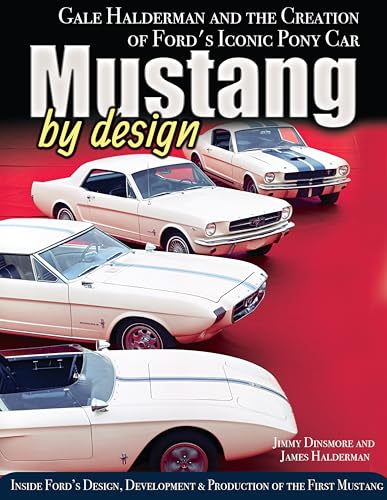- Joined
- Jun 14, 2019
- Messages
- 573
- Reaction score
- 179
- Location
- Coachella Valley (Palm Springs)
- My Car
- 1973 Convertible, 351 4v CJ, C6, Mach 1 Decor options, power: steering, brakes and windows, a/c, Rally Pac gauges, Deluxe interior.
[url=https://ibb.co/ZVjjKXW][img]https://i.ibb.co/zrMMbxG/s-l1600-2.jpg[/img][/url]
'73 351C-4V. After sitting awhile, roughly 6-8 weeks, I had the whole air filter out of the car while starting and noticed a new fuel leak from the top of the fuel filter where it screws into the carb. After a long period of non-op, it was a surprise that it was leaking. I tried wrench tightening it with no success (in a quarter turn it felt snug, but still leaked), so I removed the old filter and tried putting in the new filter I bought long ago for "just in case...".
It was as if the new filter was the wrong one it was so loose in the fitting. I pulled it and compared to the old filter -- identical in size, so I tried to put the old back in with the gasket from the new filter. It wouldn't secure enough to tighten, so I then tried the new filter with new gasket. If I held it just right (really straight all the way in) and then screwed it tight by hand then secured it by wrench, it stayed. But it was only take a quarter turn or so after hand-tightening. This time it did not leak.
But I don't understand what is happening. I can put the filter almost all the way in the fitting before it reaches to the threads. And then I only hand tighten enough to secure it in place to put a wrench on it. Then it's only a quarter turn -- I'm afraid to go farther (but it doesn't leak). With hand tightening followed by wrench tightening, it's not even one full turn of the fuel filter. Is that normal? Any thoughts on how/why it came loose?
It was as if the new filter was the wrong one it was so loose in the fitting. I pulled it and compared to the old filter -- identical in size, so I tried to put the old back in with the gasket from the new filter. It wouldn't secure enough to tighten, so I then tried the new filter with new gasket. If I held it just right (really straight all the way in) and then screwed it tight by hand then secured it by wrench, it stayed. But it was only take a quarter turn or so after hand-tightening. This time it did not leak.
But I don't understand what is happening. I can put the filter almost all the way in the fitting before it reaches to the threads. And then I only hand tighten enough to secure it in place to put a wrench on it. Then it's only a quarter turn -- I'm afraid to go farther (but it doesn't leak). With hand tightening followed by wrench tightening, it's not even one full turn of the fuel filter. Is that normal? Any thoughts on how/why it came loose?










































